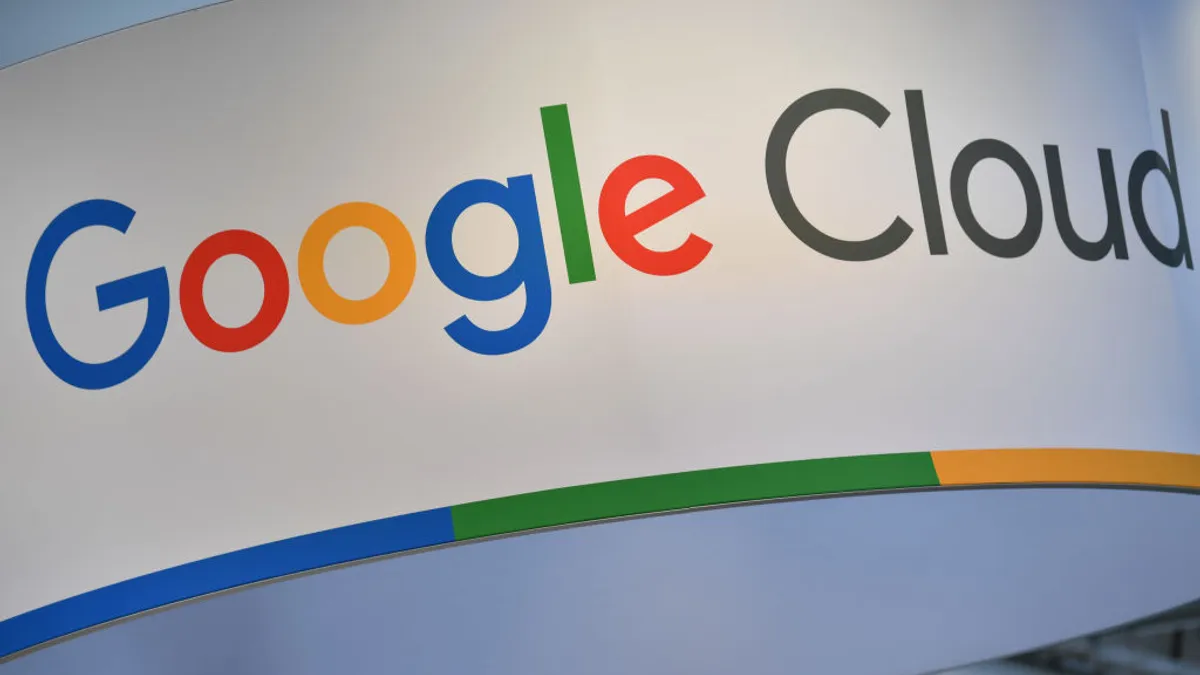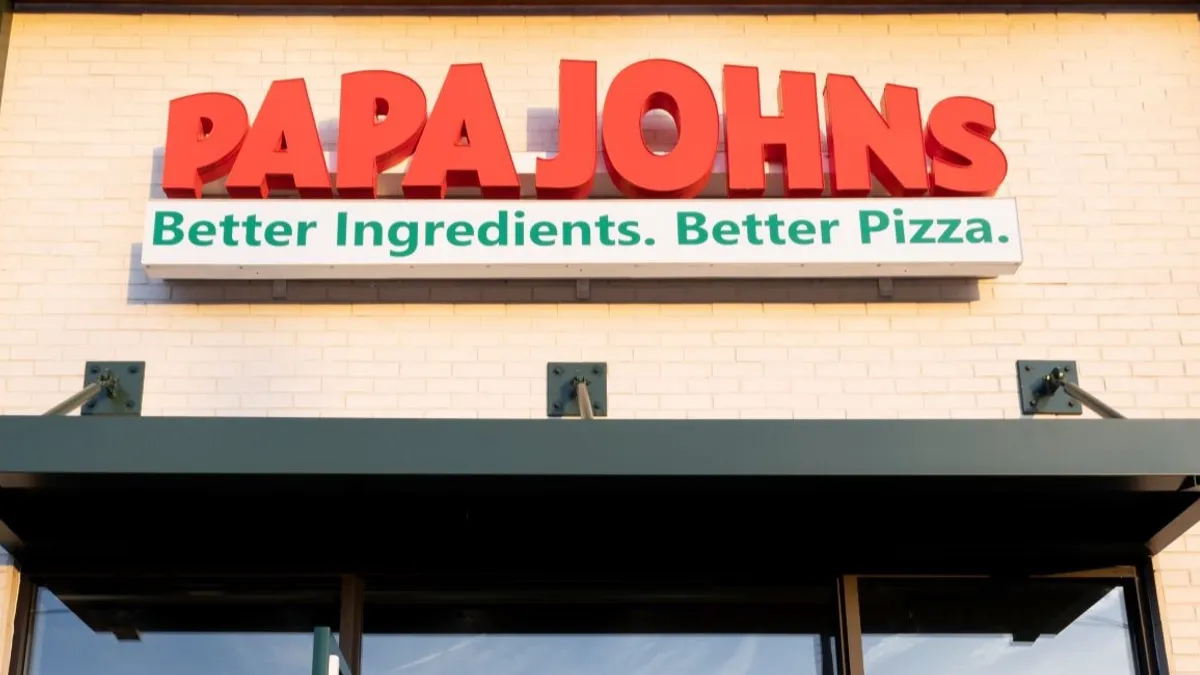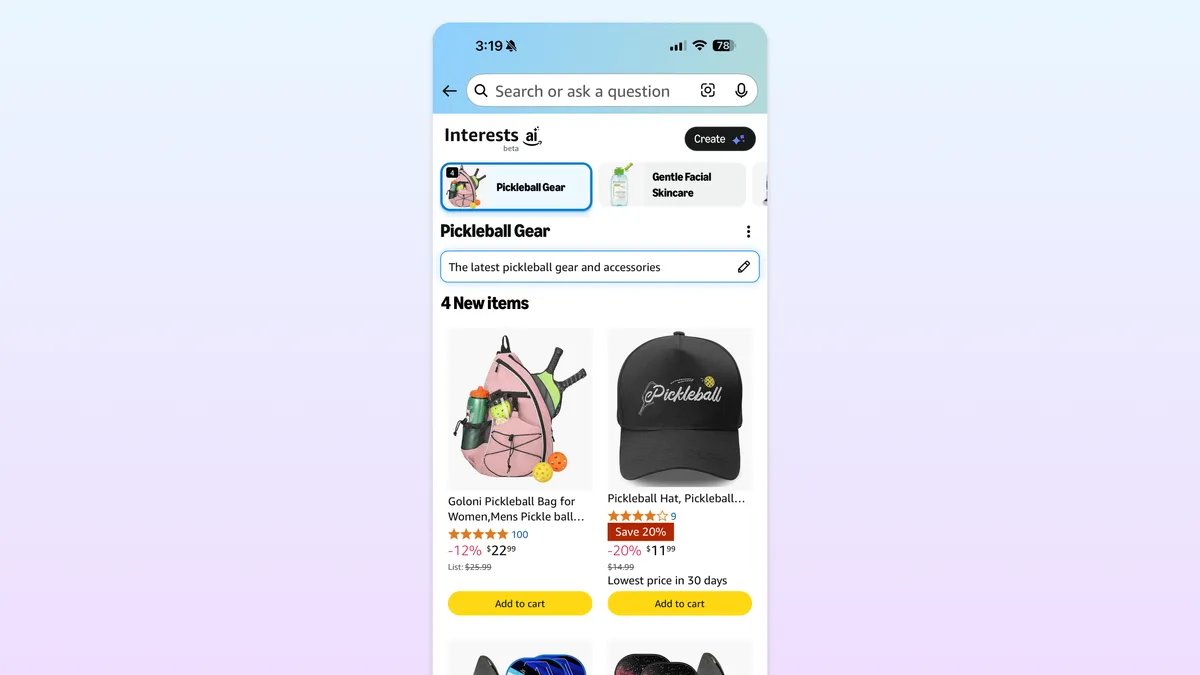OpenAI’s ChatGPT served as a catalyst for a torrent of generative AI-powered tools and a fresh crop of foundational models.
For CX leaders and CIOs tasked with helming adoption efforts, it can be a challenge to keep up with the growing market.
Nearly all — 9 in 10 — venture capital-backed companies have plans to embed generative AI in their products, with nearly two-thirds aiming to do so before the end of the year, according to a June report by Productboard.
With the recent turmoil at OpenAI, enterprises have found themselves questioning their reliance on the leading AI company’s most prized tools as wide implementation plans and hefty investments are already underway. Even other enterprise technology vendors are heavily intertwined with OpenAI, embedding the startup’s technology across products and services.
There’s an argument to be made about diversifying an enterprise’s AI portfolio and taking steps to hedge investments in emerging technology.
Here’s a short guide to help executives understand the AI landscape and its major players as well as a refresher for those already immersed in vendor selection and experimentation plans.
Amazon
Foundational models: Titan
Platform: Bedrock
Tool: CodeWhisperer, Amazon Q
Description: Bedrock serves as a platform for enterprises to choose which model they want to work with. Users can access AWS’ Titan family of foundational models as is or customize them with proprietary data. Amazon Q, which is in preview, is an interactive, generative AI-powered assistant available via CodeWhisperer that gives guidance to explain code, upgrade and migrate applications and assist in debugging or optimizing.
Context: AWS is home to a growing marketplace of foundation models, which currently include proprietary models, like Titan, as well as models from AI21 Labs, Anthropic, Cohere, Meta and Stability AI. These foundational models can perform text generation, act as virtual assistants, summarize and search and generate images.
Anthropic
Foundational models: Claude, Claude 2
Tool: Claude.ai (free and paid tiers) and Claude 2.1 (API)
Description: Claude 2 and previous Claude models function as general purpose large language models, using a Transformer architecture. Claude 2 was released in July 2023 and is well suited to support creative or literary use cases. The newer Claude model is also better at performing coding tasks than previous models.
Context: Anthropic entered the mainstream generative AI discussion as a part of Google’s AI strategy. In February, the startup, which was founded by former OpenAI employees, said it would use Google Cloud’s infrastructure. Amazon invested $4 billion in the startup in September, gaining a minority stake in the company.
GitHub
Foundational models: OpenAI’s Codex, GPT-4
Tool: Copilot Business
Description: GitHub’s Copilot for businesses does not retain any prompts or suggestions. The coding assistant is meant to help developers write code faster. The tool blocks suggestions matching public code, plugs right into the code editor, offers multi-line function suggestions, manages companywide policies and produces audit logs. The Copilot also has a chat functionality powered by OpenAI’s GPT-4.
Context: When GitHub introduced the enterprise-grade version of its AI-powered coding companion, it quickly gained popularity. The tool was made publicly available in February.
GitLab
Foundational models: Found on Vertex AI, Anthropic Claude 2 and Vertex AI Codey power chat functionality
Tool: GitLab Duo suite, includes Duo Chat, Duo Code
Description: Customers using the tool can prompt the chat to explain, propose tests and simplify code. The tool can also generate code from scratch. The chat feature also acts as a coach, giving guidance and assisting in the ideation process. The tools do not use customer proprietary code or inputs as training data.
Context: GitLab partnered with Google Cloud in May to access the hyperscaler’s customizable foundation models and open generative AI infrastructure within Vertex AI to build and add AI-assisted features directly into its DevSecOps platform.
Foundational models: BERT, LaMDA, PaLM 2
Platform: Vertex AI, Generative AI Studio
Tool: Bard, Duet AI
Description: Duet AI can draft and refine emails, generate plans for a project in Sheets, create original images in Slides and write and draft documents. Bard is a large language model powered by LaMDA that can connect to Google apps and services as well. Human reviewers will not see content that Bard pulls from Gmail, Docs and Drive. The content is not used to curate ads or train Bard, and users can turn off extensions at any time. Bard can also function as a programming assistant.
Context: While the company releases generative AI tools and capabilities aimed at boosting efficiency and reducing toil, its centerpiece is really its Vertex AI platform, serving as a marketplace for enterprise customers to pick and choose what foundational models and tools to work with. Once released, the company’s in-development multimodal model, Gemini, will join PaLM, Llama 2, BERT and Stable Diffusion models on the platform.
Meta
Foundational models: Llama 2, Code Llama, SeamlessM4T
Description: SeamlessM4T is the newest foundational model from Meta, released at the end of August. The model is a multimodal, multilingual system that can translate and transcribe speech and text for nearly 100 languages. Code Llama came out a few days before, serving as a family of models focused on code generation. One specialized in Python while another specialized in understanding natural language instructions.
Context: Meta is taking an open source approach to the release of its LLMs, offering them up at no cost for researchers. Meta picked Microsoft as a preferred partner for Llama 2 as part of an expanding deal between the tech giants. Users can access Meta’s Llama 2 model via Google’s Vertex AI and AWS’ Bedrock service.
Microsoft
Foundational models: Internal and OpenAI
Platform: Azure AI Machine Learning Studio, Azure OpenAI Service
Tool: Copilot, Bing Chat Enterprise
Description: Customers have access to several foundational models within Azure AI Machine Learning Studio, including from Stability AI, Meta and Nvidia. The company has also embedded copilot functionality across its products as well as released an enterprise-grade Bing Chat, powered by OpenAI’s technology.
Context: Microsoft is intertwined with OpenAI, giving the startup lofty investments and embedding its models into core products. The move positioned Microsoft as a leader in generative AI. The company said it would assume responsibility for potential legal risks involved with using its Copilot services.
OpenAI
Foundational models: GPT-3.5, GPT-4
Tool: ChatGPT Enterprise
Description: ChatGPT is a conversational generative AI tool, powered by OpenAI’s foundational models. The startup released an enterprise-grade version of the tool in August.
Context: OpenAI debuted ChatGPT to the public in November 2022. The tool was met with enthusiasm as well as skepticism, garnering the attention of governing bodies, companies and stakeholders. The company's platform was temporarily banned by the Italian Supervisory Authority and is currently being investigated by the Federal Trade Commission. OpenAI has released enterprise-specific versions of its products as calls grew for stronger security and transparency.
The Technology Innovation Institute
Foundational models: Falcon
Description: The Falcon model, like other LLMs, has different sized parameters. The 40 billion parameter model was trained on nearly five trillion tokens, the majority of which was gathered by public web crawls, followed by research papers, legal text, news, literature and social media conversations, according to the company. The 180 billion parameter model is suited for reasoning and coding, outperforming Meta’s Llama 2 and ranking just behind OpenAI’s GPT-4. The model performs on par with Google’s PaLM 2 Large, which powers Bard, according to the company.
Context: The Technology Innovation Institute released all of its Falcon models as open source or open access for research and commercial use. For the 180 billion parameter Falcon model, the license allows companies and developers to use the model within their internal tools and applications and to host it in their own or leased infrastructure.
Writesonic
Foundational models: GPT-4
Tool: Chatsonic
Description: The tool works with a Google integration, allowing it to pull from real-time data and sources. Users can add PDFs, links, blog posts and videos to the chat to receive summaries or ask questions about the resources. The tool also has a prompt library with over 1,000 vetted prompts to cater to marketing, sales, summarization and other use cases.
Context: Writesonic has several enterprise customers, including Marriott, PwC, Mercedes-Benz, Spotify and Amazon, according to its website. The company is positioning the tool as a direct ChatGPT alternative.
Writer
Foundational models: Palmyra
Tool: Writer API
Description: The models are built with enterprise-grade security and target several different industry verticals, including retail, healthcare, technology and financial services. The tools are SOC 2 Type II, PCI, and HIPAA compliant. The models also ensure accuracy with fact checks. There are templates for businesses to use to create summaries, frequently asked questions documents, job descriptions, press releases, case study and product descriptions.
Context: The Palmyra family of LLMs was trained on 1 trillion tokens of formal and business writing, containing no copyrighted content, according to Writer’s website. Data input into the models is never shared or used for model training. Customers also have quite a bit of transparency, allowing users to inspect code, data and model weights. Enterprise customers include L’Oreal, Deloitte, Cisco, Uber and Peloton, according to the website.






















